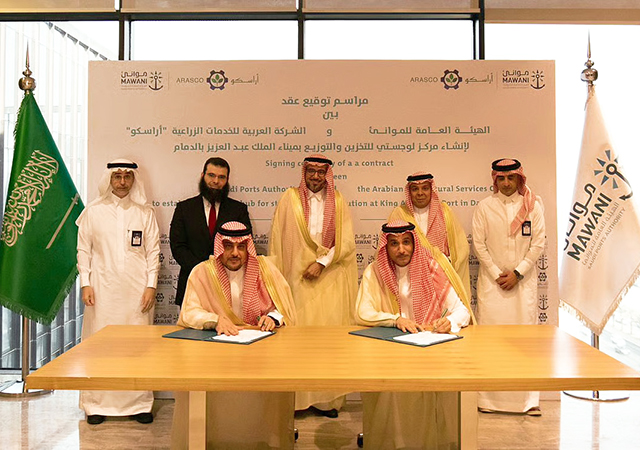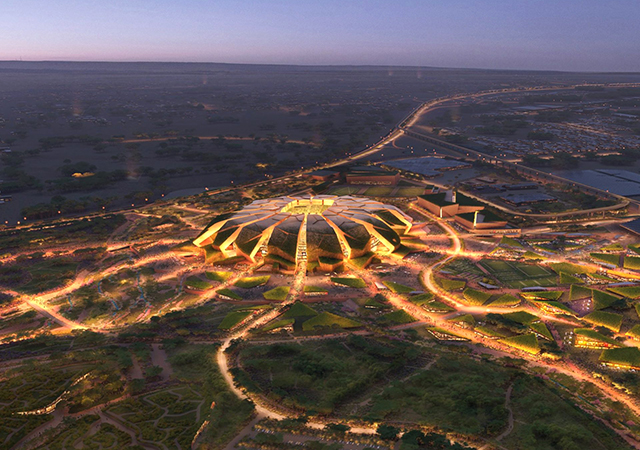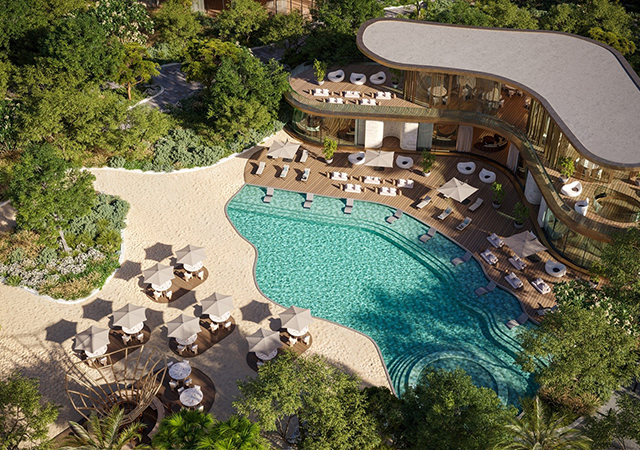 Clason ... choice matters.
Clason ... choice matters.
MORE is more has long been the mantra for designers in the Middle East, but 2014 will mark a shift towards a subtler, more pared-back approach on both a commercial and residential scale.
As the mass market appeal of the region’s major cities grows – through Dubai’s ambitious visions for tourism by 2020, for example, or Doha’s World Cup plans for 2022 – so will the need for affordable hotel accommodation for the influx of visitors. In a region famed for its over-the-top, five-star offerings, we’re already seeing more budget-friendly, four-star options with lower room rates, with a simplified, functional design aesthetic that owes more to Scandinavian or Japanese influences rather than the Middle East’s glitz and glamour.
Customers are used to demanding more and this will be reflected across the hospitality industry in 2014. Choice is the key word: from a variety of room styles and décor schemes within the same property to the finest details such as the music and sound system, toiletries, and little extras available in the rooms themselves – those clever touches that take their cue from the US’ and Europe’s cutting-edge hotel brands, such as Ace or Soho House.
Luxe finishes are giving way to creativity in commercial projects and in the home. On surfaces where once we would have used costly wallpapers, companies such as Jotun and Armourcoat have produced new textured finishes, which are a great alternative to wallpaper and plain paints. We’re moving away from a beige neutral palette, towards tactile textures, and localised contrasts of colour, such as warm terracottas paired with cool azures.
In terms of residential design, a global trend that is showing no sign of going away is the concept of local produce with a provenance, whether it’s art, fashion, food or design itself. While artisanal wares have become a buzzword in the UK and Europe, it is still a relatively new concept here in the Middle East.
There is a real gap in the region’s market for great local design talent, with the majority of ‘Arabian’ design items currently sourced further afield from the likes of Lebanon and Turkey. That said, there’s a handful of local pioneers who are working hard to spread the word among consumers and have garnered a loyal following. There are vintage design classics, handpicked from across the world by Arwa Hafiz at The Odd Piece; quirky kitsch coupled with a real support for grassroots design talent from s*uce; objets d’art at Sofa Studio and handicrafts with a history at O de Rose.
Just as the fashion scene embraced local designers and regional motifs, so does the design industry – consumers want products to which they can relate and that have an interesting story. All eyes are on designers such as Nada Debs, the Lebanese-born, Japanese-raised furniture designer who combines modernity with tradition, using ancient techniques such as mother-of-pearl inlays in sleek, modern timber pieces. We’re scouring the flea markets of Cairo (Egypt), Istanbul (Turkey) and Beirut (Lebanon), finding old pieces and giving them a new life with new upholstery and finishes.
And, as in the fashion industry, printing techniques have taken a massive leap – old prints and images of old Egyptian movie stars are being used in new, fun ways, and I’m expecting that classical Arabic graphics are going to be huge in interiors fabrics for 2014.
And as an extension of my own brand, Cecilia Clason Interiors, I’m working on a capsule collection of accessories and small furniture pieces. As the local scene starts to blossom, it’s a truly exciting time to be living and working here. Watch this space.
• Cecilia Clason is the founder of Cecilia Clason Interiors, a UAE-based FF&E consultancy that has worked on a wide range of projects in the Middle East, from royalty to leading hotel brands.







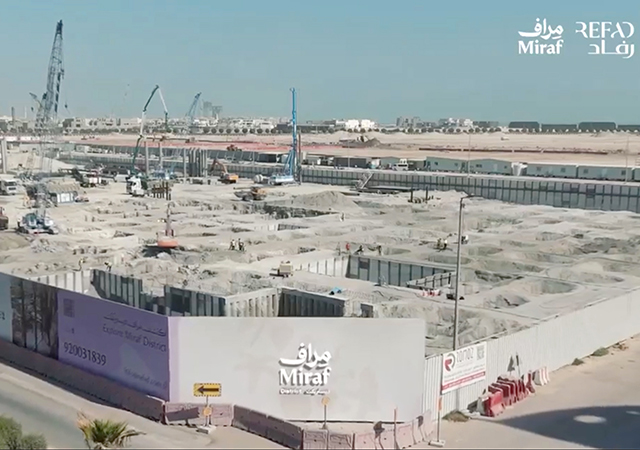
.jpg)




.jpg)

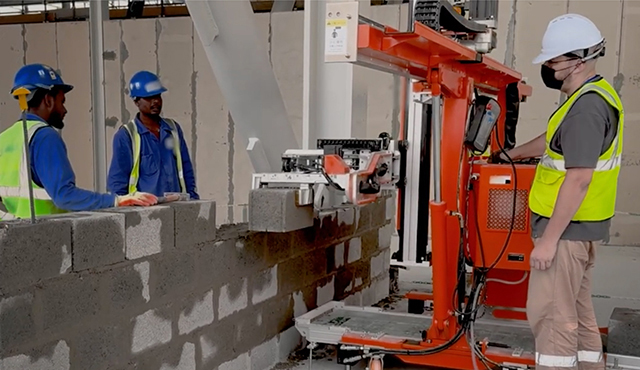

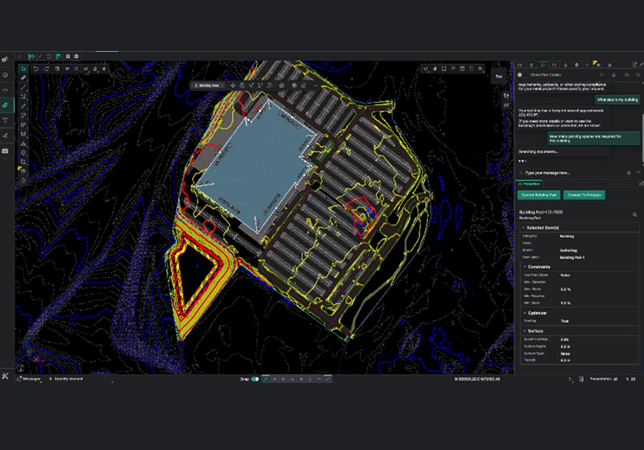
























.jpg)




